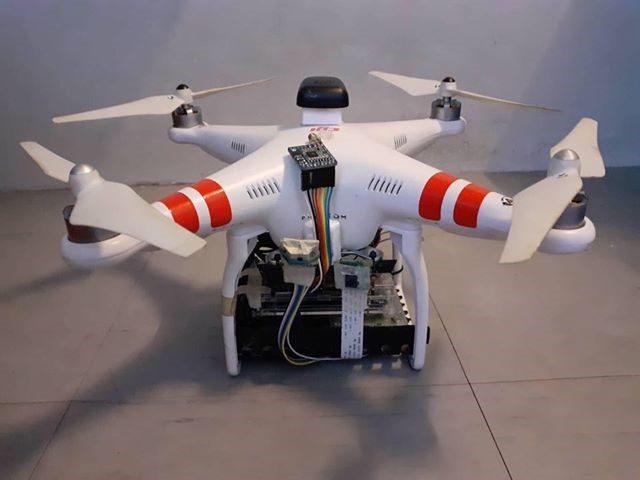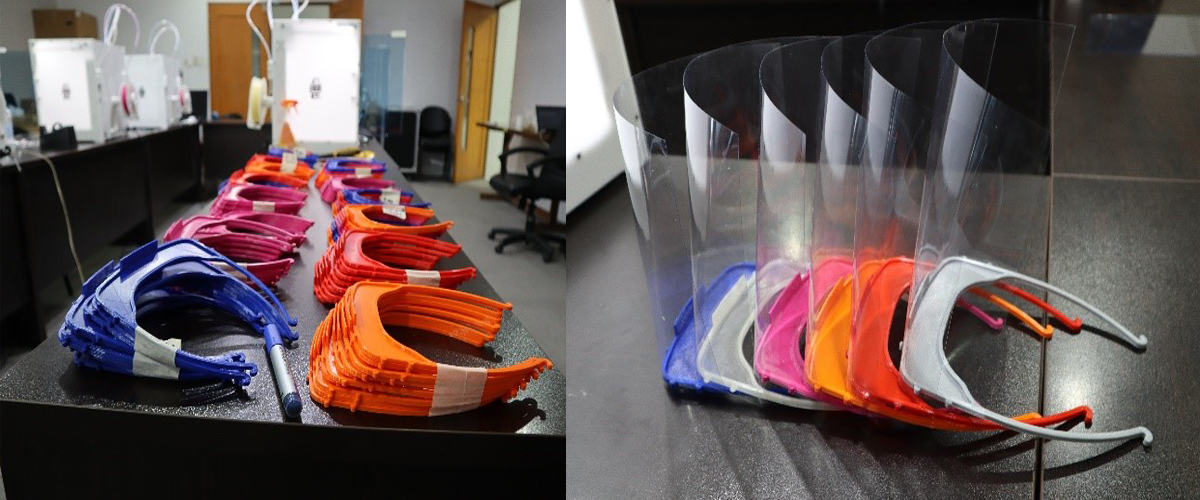The Department of Science and Technology (DOST), DEVCONNECT Philippines, Inc. (DEVCON), the Department of Information and Communications Technology (DICT), and the Joint Task Force COVID Shield (JTF) are collaborating in the implementation of RapidPass, the technology that provides easier access in Metro Manila’s quarantine checkpoints for frontliners in the fight against COVID-19.
DEVCON developed the RapidPass in response to the request of the Inter-Agency Task Force for the Management of Emerging Infectious Diseases (IATF-MEID) for innovations to decongest traffic at the Quarantine Control Points (QCPs).
DOST chairs the RapidPass Coordination Group, DICT leads the Technical Working Group, and the JTF, led by Lieutenant General Guillermo Eleazar, takes point in the deployment at the QCPs.
Altogether, it took DOST, DEVCON, DICT, and the PNP- JTF to manage the deployment and operations of the RapidPass, augmenting the efforts of government to ensure the fast and easy passage of frontliners and essential goods during the Enhanced Community Quarantine (ECQ).
RapidPass is a QR based system that hastens the movement of Authorized Persons Outside of Residence (APOR) and their vehicles through QCPs.
Developed by DEVCON, PNP personnel in QCPs can easily check its bearers if they are allowed to pass.
Both the origin and destination of the APOR is indicated in the encryption of the RapidPass QR code.
DEVCON Founder Winston Damarillo expressed gratitude to the government for the opportunity to work hand in hand in fighting the COVID-19 pandemic.
“We welcome the challenge and appreciate the opportunity to serve alongside our government. We are looking forward to seeing our technology put into action to enable efficient travel for our frontliners and safer administration of our checkpoint officers,” he said.
DEVCON, a volunteer organization that promotes collaborative growth and global competence of Filipino developers, is led by Amihan Global Strategies and Talino Venture Labs Chief Executive Officer Winston Damarillo.
Police Lt. Gen. Guillermo Lorenzo Eleazar, commander of the JTF COVID Shield said, “It is an effective tool since only the skeletal force of exempted establishments will be considered as APOR, unlike with the company IDs that could include even those who are not members of the
reduced workforce. This system will be implemented even BEYOND ECQ PERIOD as this will play an important role in effectively enforcing modified community quarantine. This system will be implemented in QCPs (Quarantine Control Points) exclusively for NON-CARGO VEHICLES. All NON-CARGO VEHICLES shall be flagged down in QCPs to: scan QR Code/s, check social distancing, and take the temperature of the occupant/s. “
DOST Secretary Fortunato T. de la Pena disclosed that as of date, there are 16,000 approved users of the RapidPass in 48 QCPs of NCR.
“We would like to thank the DEVCON volunteers for coming up with this innovative solution which has eased the burden for our personnel in quarantine checkpoints and we would like to thank our partners, DICT, PNP, and DOST-NCR for working together in deploying RapidPass, and we thank our partners from the private sector, PLDT and SM, for donating phones to be used by PNP personnel at QCPs and bandwidth for the operation of RapidPass” he said.







